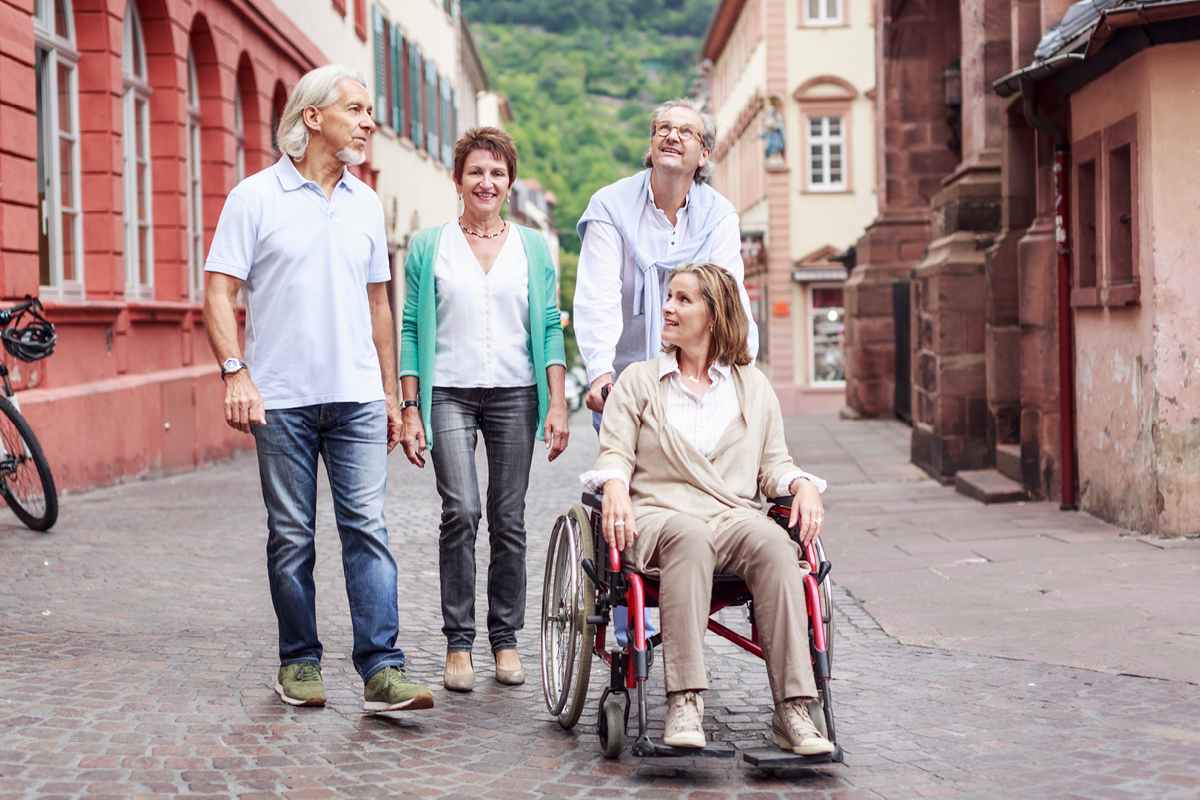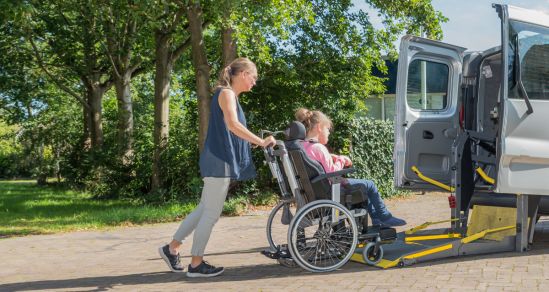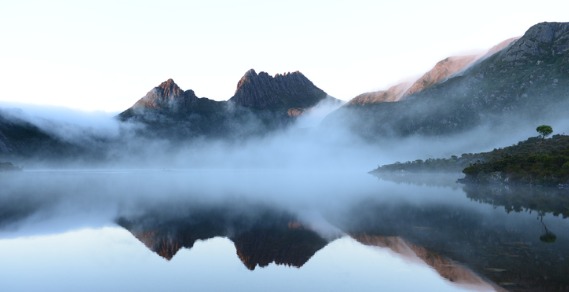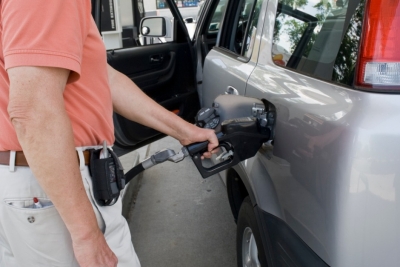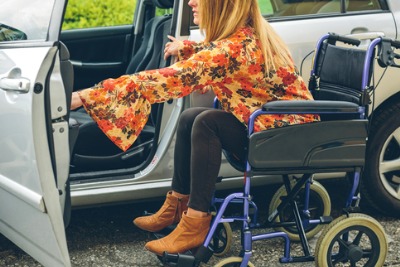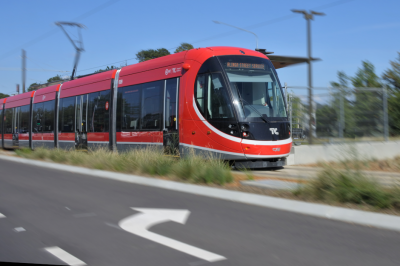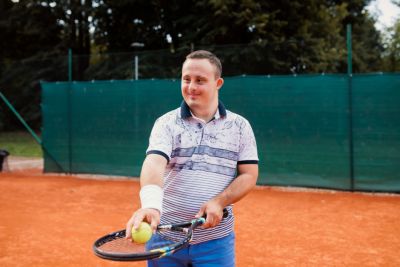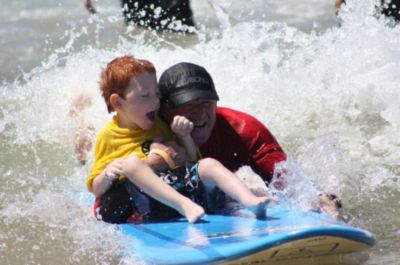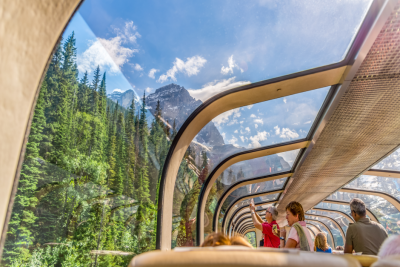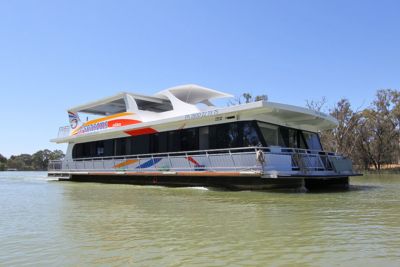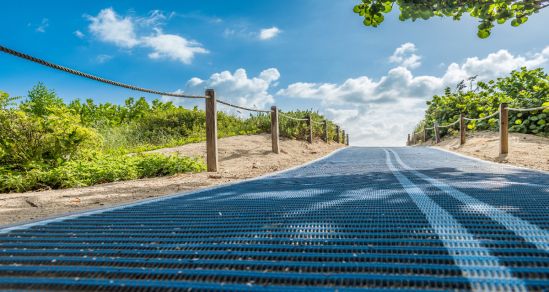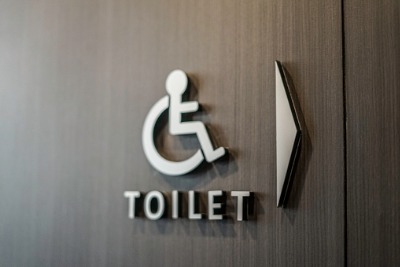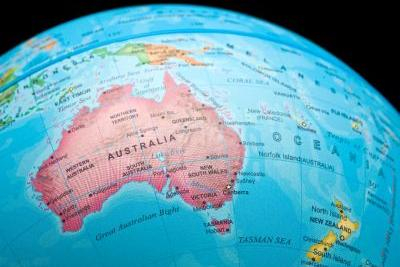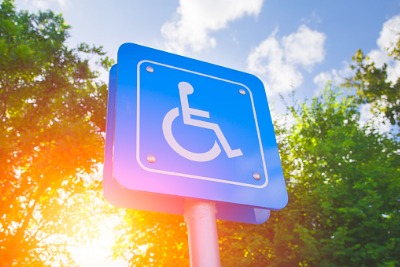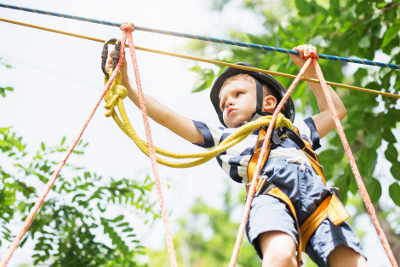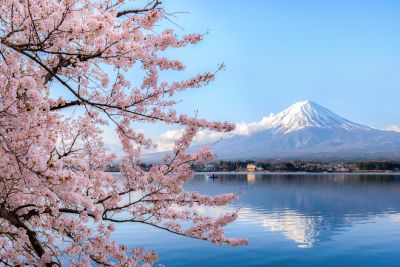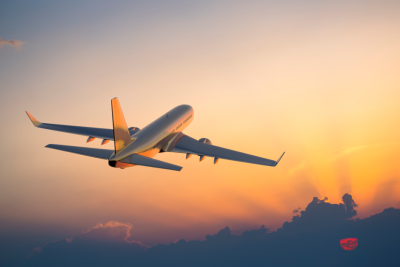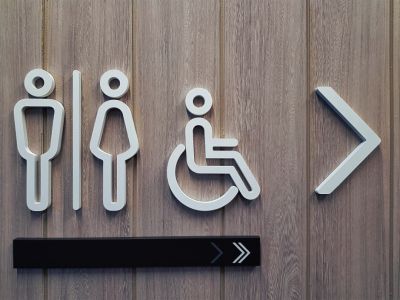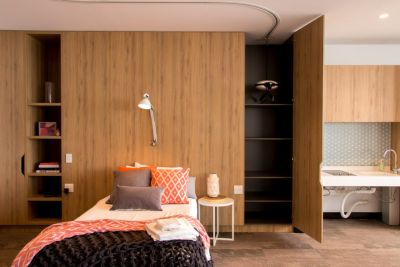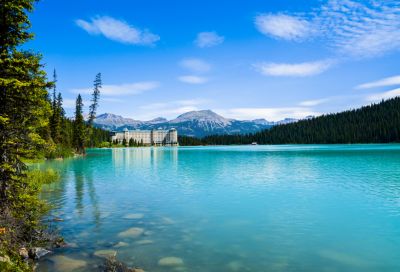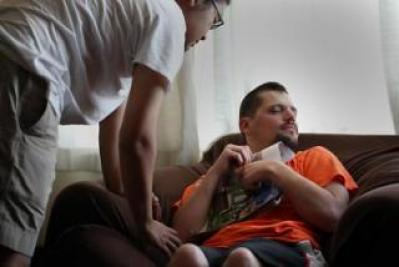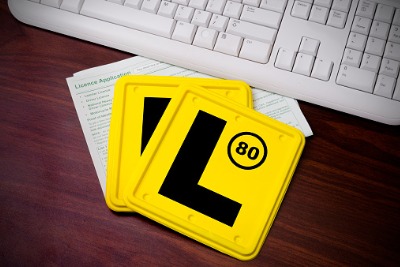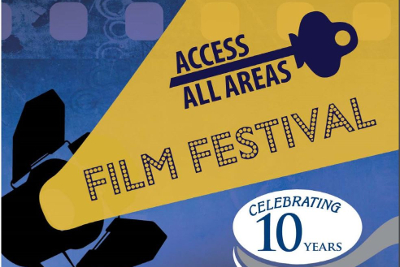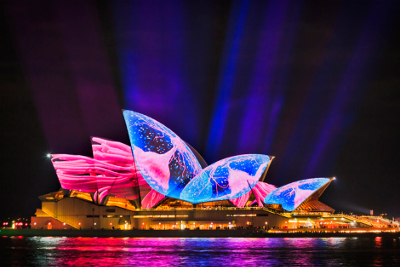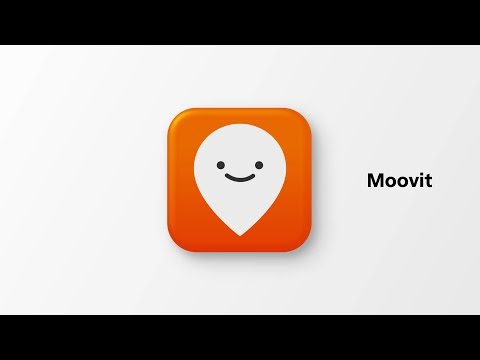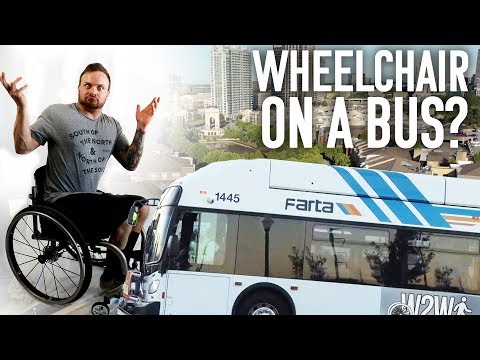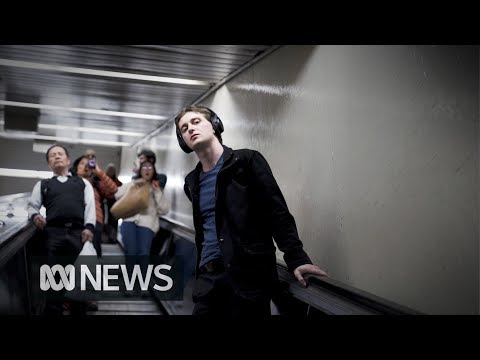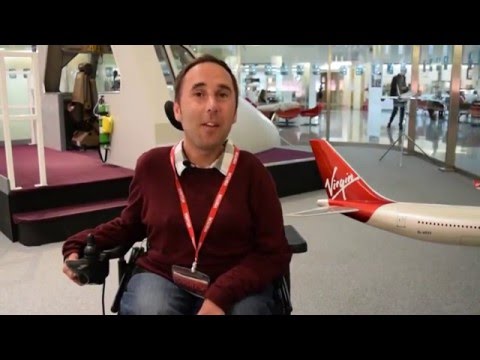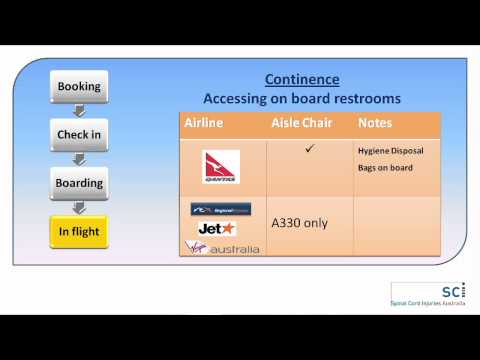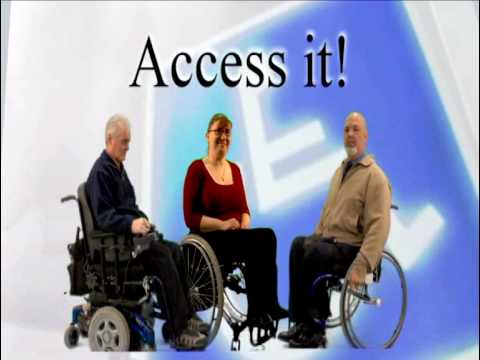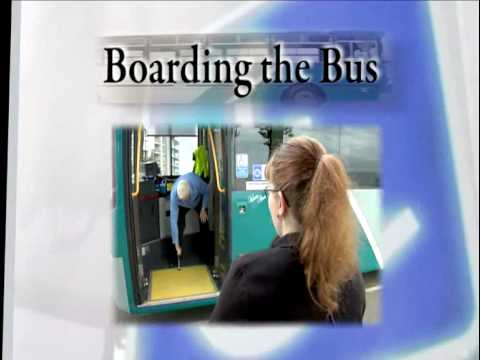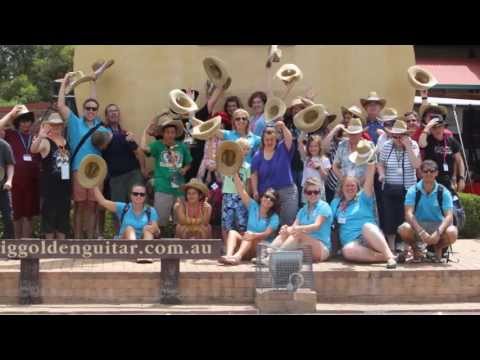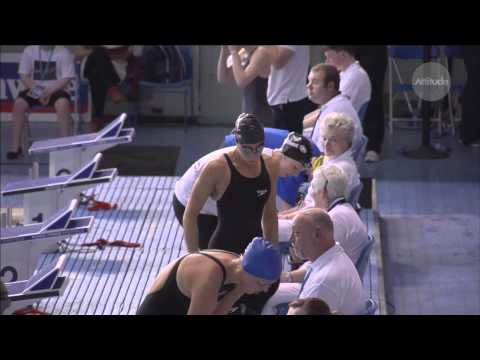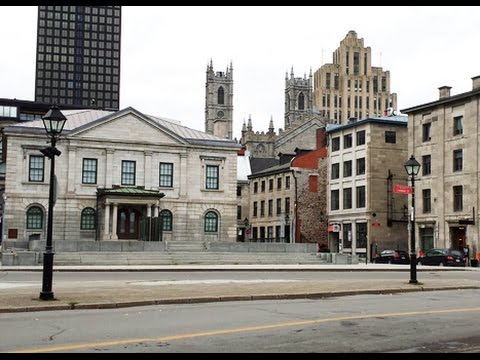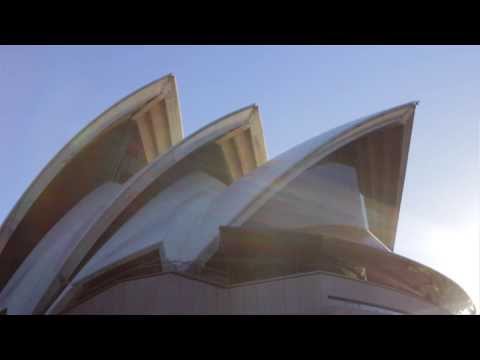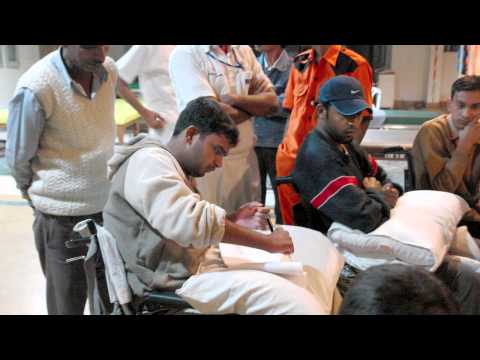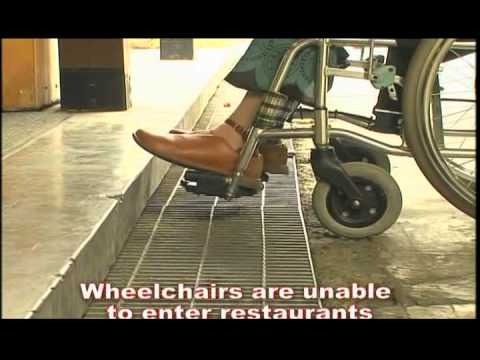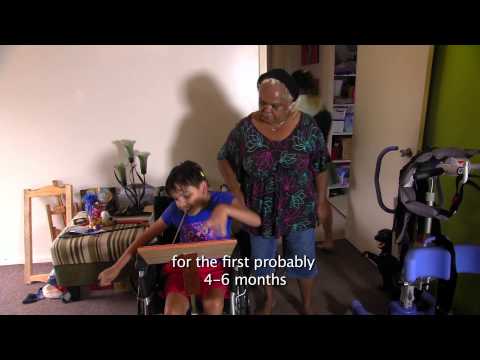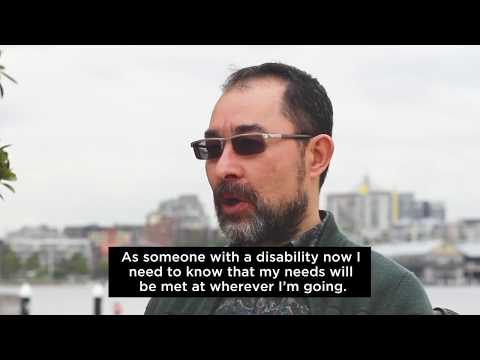In Australia, inclusive tourism is a billion-dollar market. This year (2018) the estimated value of the overnight inclusive tourism market is a staggering $8 billion. People with disability travel at the same rate as everyone else, and yet the options available to them are still limited.
How your business can tap into a billion-dollar industry?
Inclusive tourism is about creating an environment where people of all abilities feel welcome and included. It’s giving people information that helps reduce uncertainty around what to expect from a destination or service; and empowers them to try new experiences.
The desire for travel is evident, the demand for inclusive travel options is clear. However, the supply falls short of this demand.
Diana Palmer, Executive Officer at national independent disability information service, IDEAS says, “Inclusive tourism is not about offering special or separate assistance. It is about building your business to be truly inclusive for all”.
And while tourism operators may perceive making opportunities.
their product or service disability-friendly to be in the ‘too hard basket’, it actually doesn’t take a lot to make a business accessible to all people. With a little thought and small changes, you could be opening doors to new
Here are three things you could do straight away to grow your tourism business in the inclusive tourism market:
1. Provide information
Information is key. Provide clear details so people can make an informed choice. Make information easy to find, think about print media, web and alternate formats such as audio or video with subtitles. Use marketing campaigns that target accessibility, use inclusive advertising portraying people with a disability.
2. Service excellence
Put people first and recognise that all people are unique in their abilities. A friendly smile, using respectful language, and examining your own attitude to people with a disability will go a long way in building an inclusive environment for your guests. Provide training and education for your team members.
3. Provide infrastructure
Only 4.4% of people with a disability are wheelchair users, so the perception of big infrastructure changes, like door widening and building ramps, only cover a small segment of users and may not be the first steps you need to take. Rather focus on things that you can change, for example clear access ways of obstructions, offer large print versions of hard copy information such as menus, change pedal bins to a swing top bins, have a writing pad and pen available at all customer service points, and print your accessible features and keep it at reception.
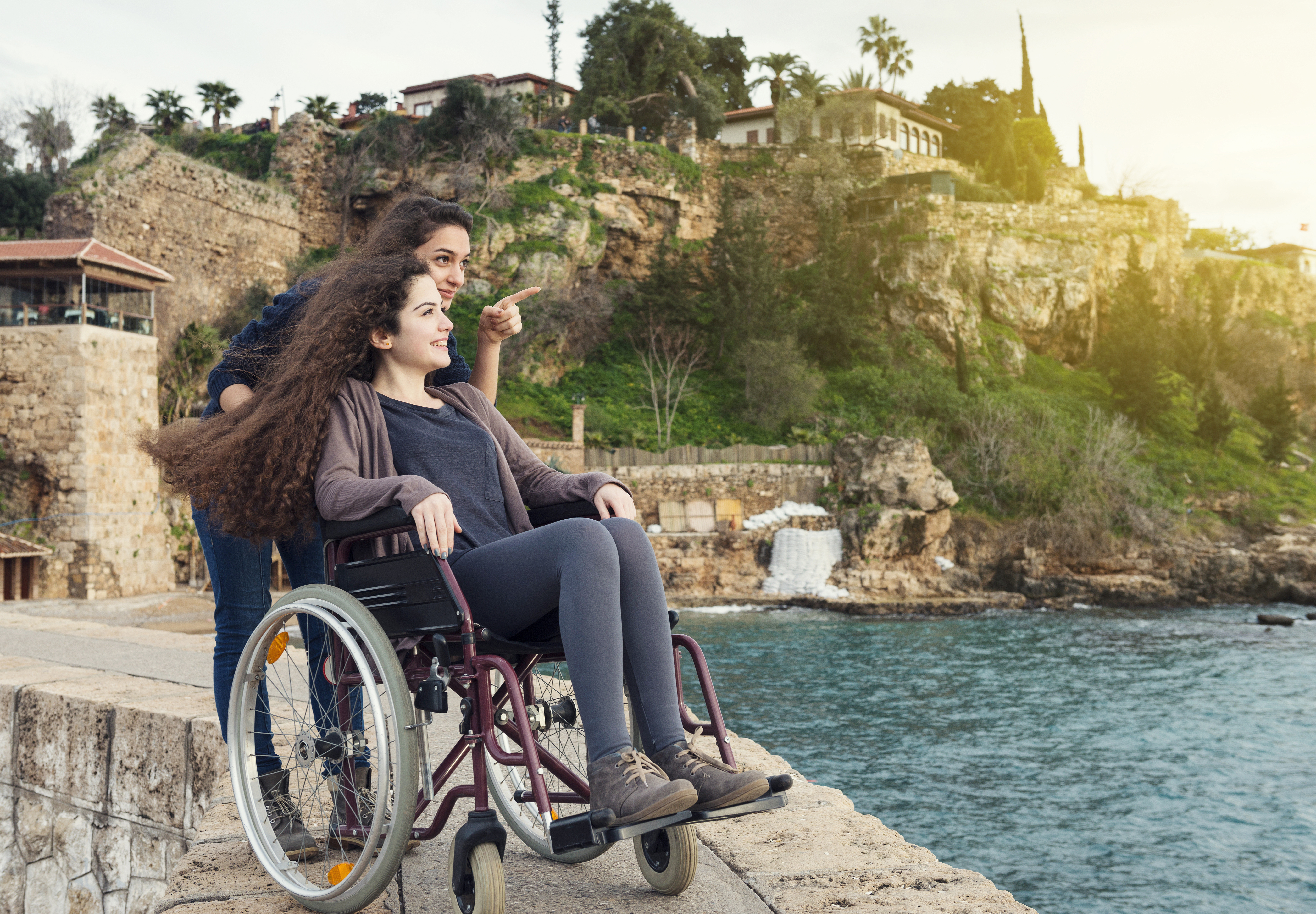
Martin Heng, Chair of the board of IDEAS and Lonely Planet’s Accessible Travel Manager, is a frequent adventurer and a passionate advocate for accessible travel. See Martin’s tips on inclusive tourism here: CEO Magazine - Accessible tourism and implementing better practice for people with disability
IDEAS is an organisation that serves people with disabilities to help them live full, independent lives with information and education. For more information and other inclusive tourism advice, visit ideas.org.au or Freecall 1800 029 904. Or find and follow us on Facebook at IDEAS Disability Information, LinkedIn at IDEAS Australia or Twitter at @IDEASAU

